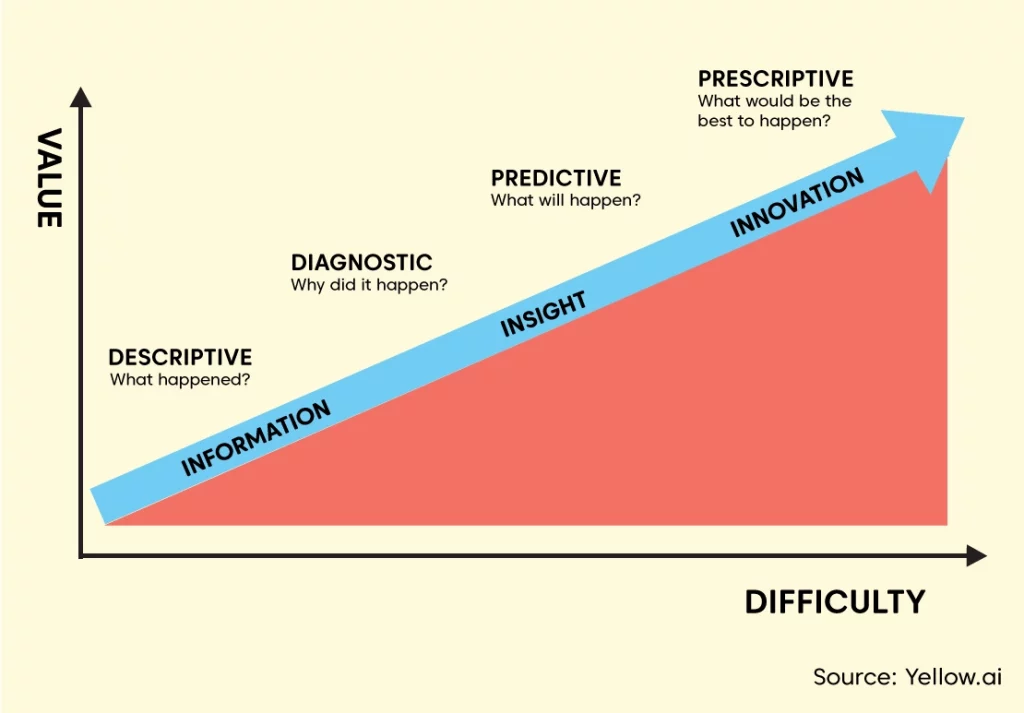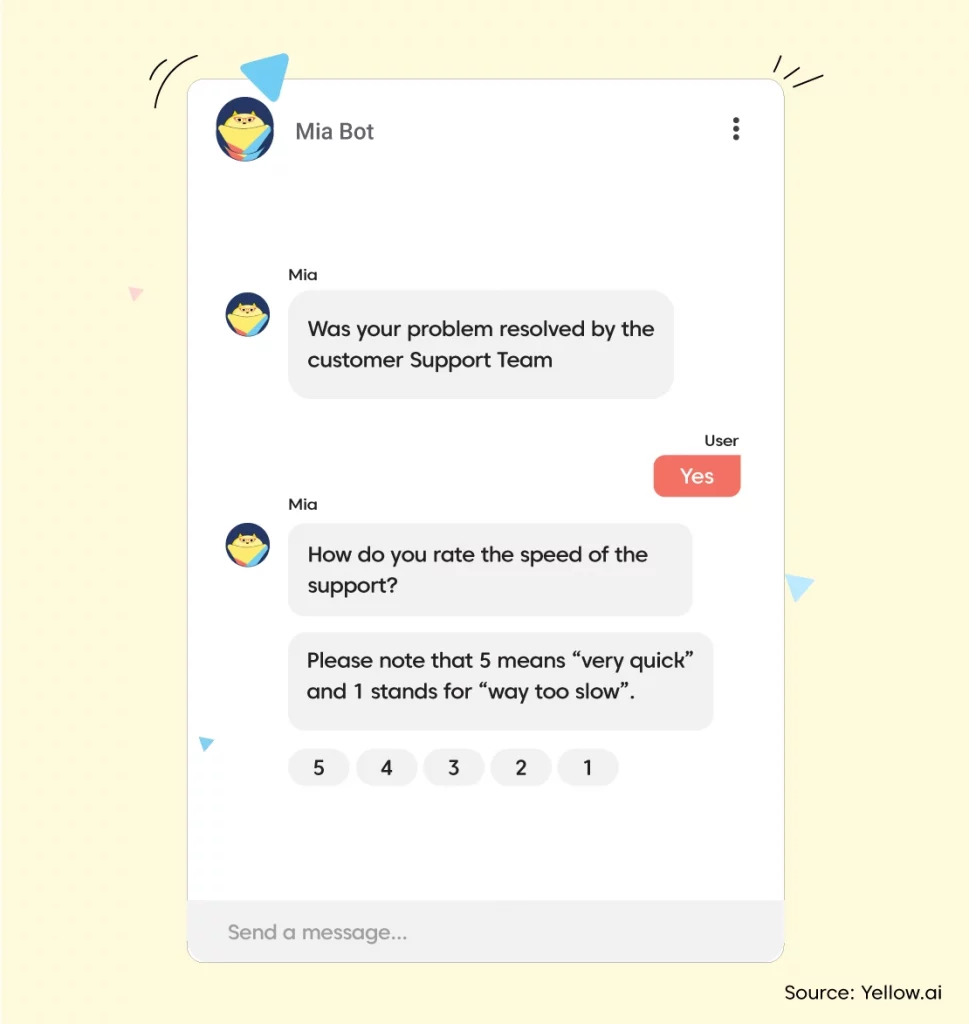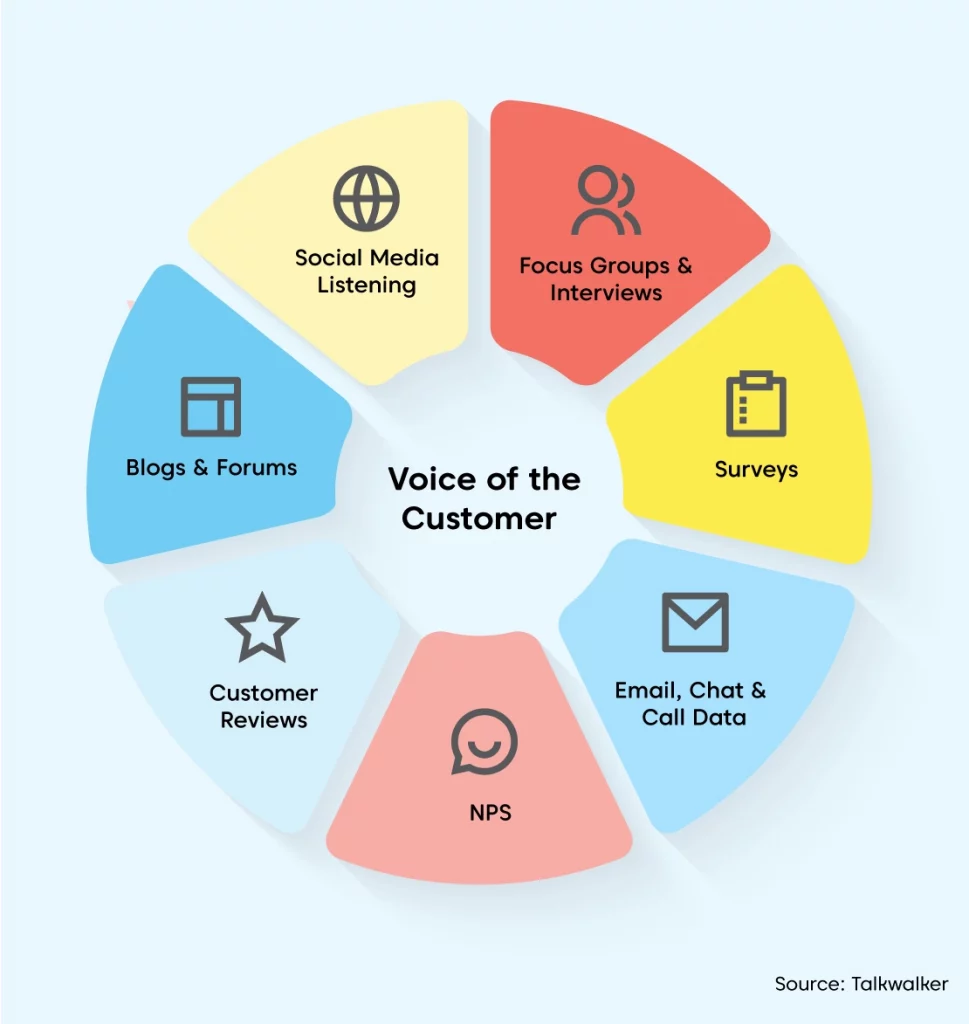Customer analytics is a hot boardroom topic. It is all about collecting and assessing data flow from every available touchpoint and probable customer perspective. This data is then utilised to create superior prediction models and determine the most valuable consumers for the business and where to find them. Customer data analytics gives enterprises useful and actionable insights to aid and execute future marketing strategies. Simply put, it predicts the future by looking at the past.
What is customer analytics?
According to Gartner, “Customer analytics is the use of data to understand the composition, needs and satisfaction of the customer. Also, the enabling technology used to segment buyers into groupings based on behavior, to determine general trends or to develop targeted marketing and sales activities.”
It is the process of systematically examining database and consumer behavior to find, attract and retain the most profitable clientele.
Why is customer analytics important?
The internet offers customers almost unlimited access to information about where to shop, what to buy, how much to pay, reviews and many other details at all times. As a result, using predictive analytics and data to foresee how customers will behave while dealing with brands is becoming increasingly vital.
1. Understand what your customers want
Customer analytics aims to establish a single accurate perspective of users so that businesses can make informed decisions about how to effectively attract and keep their clientele loyal, as well as discover and communicate with high-value customers.
2. Predict future customer behavior
The more you understand a customer’s purchase habits and lifestyle preferences, the more accurately you can predict trends in customer behavior. Any insight produced from the analysis could help you in providing preemptive solutions to customer problems and proactively approach customers with personalized solutions right when they need them the most.
3. Personalize your campaigns
The market is growing due to the increasing need for customer analytics in order to improve customer experience and loyalty through predictive analysis or personalizing marketing solutions based on preliminary data of future prospects. According to verified market research, by 2028, the customer analytics market will be worth $20.82 billion, CAGR at 19.30 percent.
4. Measure the ROI of your investment in customer service
To measure the ROI of an investment, you need to know two things. Firstly, how much money have you spent and secondly, how much money did you earn from making the investment. However, it can get a bit trickier to measure ROI in customer service, because the lines of what you’re “earning” from your investments is a bit blurry. Customer analytics can help you identify key metrics and ROI elements to help you accurately measure what you’ve earned.
Customer analytics best practices
Organizations can build successful customer interactions by measuring and analyzing data using specific metrics. Some instances of customer analytics best practices and common key performance indicators (KPIs) that can aid in making better business decisions are:
1. Widespread network
Target clients across all channels and examine the numerous distribution options for a product or service.
2. Survey to learn more
Evaluate and comprehend clients in relation to the product and their satisfaction levels. A blend of quantitative and qualitative surveys can accomplish this.
3. Interact through the right channel
Interact with your clients at the appropriate time and through the appropriate channels.
4. Anticipate the client journey
Anticipate attrition and take steps to increase a customer’s lifetime value.
5. Analyze patterns and behavior
Use big data to spot patterns and analyze internet behavior to boost sales.

Categories of customer analytics
1. Descriptive analytics
Descriptive analytics is the most time-consuming and frequently yields the least value; yet, it is excellent for identifying patterns within a specific consumer segment. Descriptive analytics can help you understand what has happened in the past and identify trends that you can investigate further.
2. Diagnostic customer analytics
Diagnostic customer analysis is all about using data discovery and data mining techniques. You can find the source of a business problem by examining internal and external customer-related data.
3. Predictive customer analytics
Predictive analytics allows you to target and keep customers by predicting the probability of future outcomes using data, regression methods, Artificial Intelligence (AI) and Machine Learning (ML) techniques. It gives you the ability to turn available data into perspective insights.
4. Prescriptive analytics
Prescriptive analytics provides you with a laser-like focus to solve a specific question and it’s the most important and undervalued big data analytics technique. Given the existing parameters, it assists in determining the optimal solution from a number of options and recommends solutions for capitalizing on a future opportunity or avoiding future danger. It can also help in decision-making by illustrating the consequences of each choice.
Types of customer analytics
1. Customer engagement analytics
Customer experience is highly influenced by engagement. All contacts between a customer and the company through numerous communication channels are instances of customer engagement. Some examples are interactions on social media, customer service channels or survey data. In order to utilize it effectively:
a. Develop or enhance your strategy vision
Create a clear stated purpose about the basic vision of your firm, including why it exists before you start evaluating customer data.
b. Use customer data analytics to your advantage
Develop a thorough grasp of the data provided to ensure that it is suitable for customer engagement. There is no one-size-fits-all solution when it comes to data and analytics for customer engagement.
c. Segment your customers
Customers are categorized into segments based on shared characteristics. Marketers can have a deeper understanding of perspective behaviors and repercussions, positive and negative impacts, growth opportunities and more.

d. Optimize segmentation strategy
Segmenting clients improves marketers’ understanding of how they act, which helps them develop an optimization strategy.
e. Create an effective and consistent dialogue
Organizations that are upfront with their employees and operate in a silo-free environment are more likely to engage or open communication channels between business and analytics leaders.
2. Customer experience analytics
Qualitative information explains “what happened” along the client’s journey. This raw data is further distilled into information on how customers feel when interacting with your brand. The key is to concentrate on customer service metrics like Average Handle Time (AHT) and Customer Satisfaction (CSAT).
CSAT allows you to assess individual support agents’ performance and identify areas for improvement. You can improve this number if it appears to be too high. AHT tells you how long it took for you to address customer queries. In order to utilize it effectively:
a. Create a visual representation of the entire customer journey
Map customers’ journey to identify hindrances and forecast consumer behavior using algorithms.
b. Collect feedback from customers
Customer experience software allows you to send surveys to your consumers so that they can inform you about their own personal experiences.
c. Enhance customer service
CX analytics deliver quantifiable data to enable you to evaluate specific roadblocks that affect your company goals.

3. Customer retention analytics
The number of clients your firm is likely to keep over time is referred to as customer retention analytics. Customer loyalty is linked to customer retention; happy customers are more likely to continue with your product and stay loyal. Here is how you can boost customer retention:
a. Concentrate solely on high-quality leads
Customers who are comparable to your key target customers are less likely to churn. With statistics handy on your current customers as well as a projection of future prospects, now is a wonderful time to focus on only those who are less likely to churn.
b. Focus on correct clients by segmenting
You can identify how each segment interacts with your brand and product by using data analytics to segment consumers into distinct categories.
4. Customer lifetime analytics
Customer Lifetime Value (CLV) is a measure of a customer’s worth to a firm over a period of time. CLV is the anticipated net profit a company expects from a customer over the course of their relationship. A high CLV is desirable since it indicates more revenues and client involvement. In order to utilize it effectively:
a. Start rewarding your clients
Customers love rewards and recognition. You can reward them in a variety of ways. You could, for example, design a loyalty program that rewards users with points for using their cards or mobile apps.
b. Enhance the consumer experience
Every interaction your customers have with your company is evaluated before making a decision. As a result, each customer touchpoint should be checked and updated on a regular basis to reflect your company’s values and improve the customer experience.
c. Provide a convenient service
Users will return if you make their lives or jobs easier. This implies you should analyze and improve your customer experience on a regular basis to make it as simple as possible for your customers to continue making purchases or availing services.
5. Voice of customer analytics
Voice of the Customer Analytics (VoCA) determines how your customers feel about your products or services and what they anticipate from the brand. The process establishes customer expectations, and the products are created to cater to these requirements. Unstructured data, including reviews and social media, is further evaluated using data science and analytics technologies for meaningful customer insights in VoCA. In order to utilize it effectively:

a. Start Interviewing your customers
Customer interviews are one way to collect VoC data. While interviews are inherently time-consuming, they frequently yield the most useful information. You can perform truly customized, in-depth research by going straight to the customer and conducting an in-depth interview.
b. Listen to recorded customer calls
Any calls your team conducts with customers, whether they’re sales calls, demos, customer support calls, or something else entirely, are a rich resource for VoCA data.
c. Design a survey form
It’s a good idea to have a survey form available so customers may provide their comments at any time, whether you’re actively seeking Voice of the Customer feedback or collecting data for the future.
What impact does consumer data analytics have on your company?
Customer analytics is a powerful tool to analyze consumer behavior that incorporates data from various sources, including social media, website transactional data and mobile device usage. It also assists you in determining your conversion rates, the most popular items, which consumer segments use a product or service and which products have high satisfaction rates.
This information can further assist you in better optimization of opportunities. Customer data analytics is learning more about customers by analyzing data. It can spot patterns in customer behavior, so you can make more informed judgments when marketing your goods and services.
Conclusion
The more information you have on your clients, the better. It’s impossible to overestimate the value of customer service analytics. Collecting and evaluating qualitative data is the only way to enhance your customer service operations significantly. Customer service analytics enables you to accomplish just that and boost your company’s performance to newer heights.
AI-powered chatbot solutions enable you to get closer to your customers and learn more about their true thoughts. By crunching this information correctly, you can find critical relationships and correlations that will help you improve your customer service efforts for better results.
Get in touch with our experts to know how our next-gen analytics dashboard can help you get deeper insights into customer behavior and trends in real-time.
















